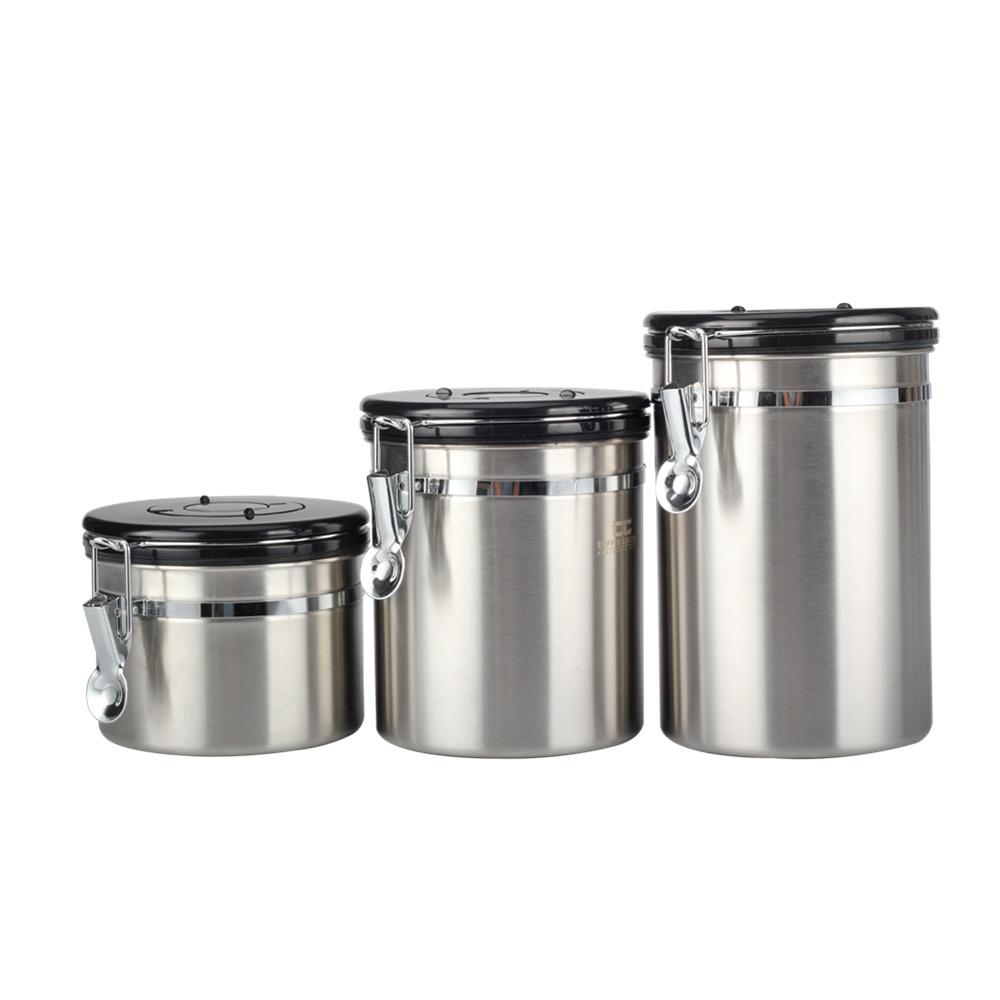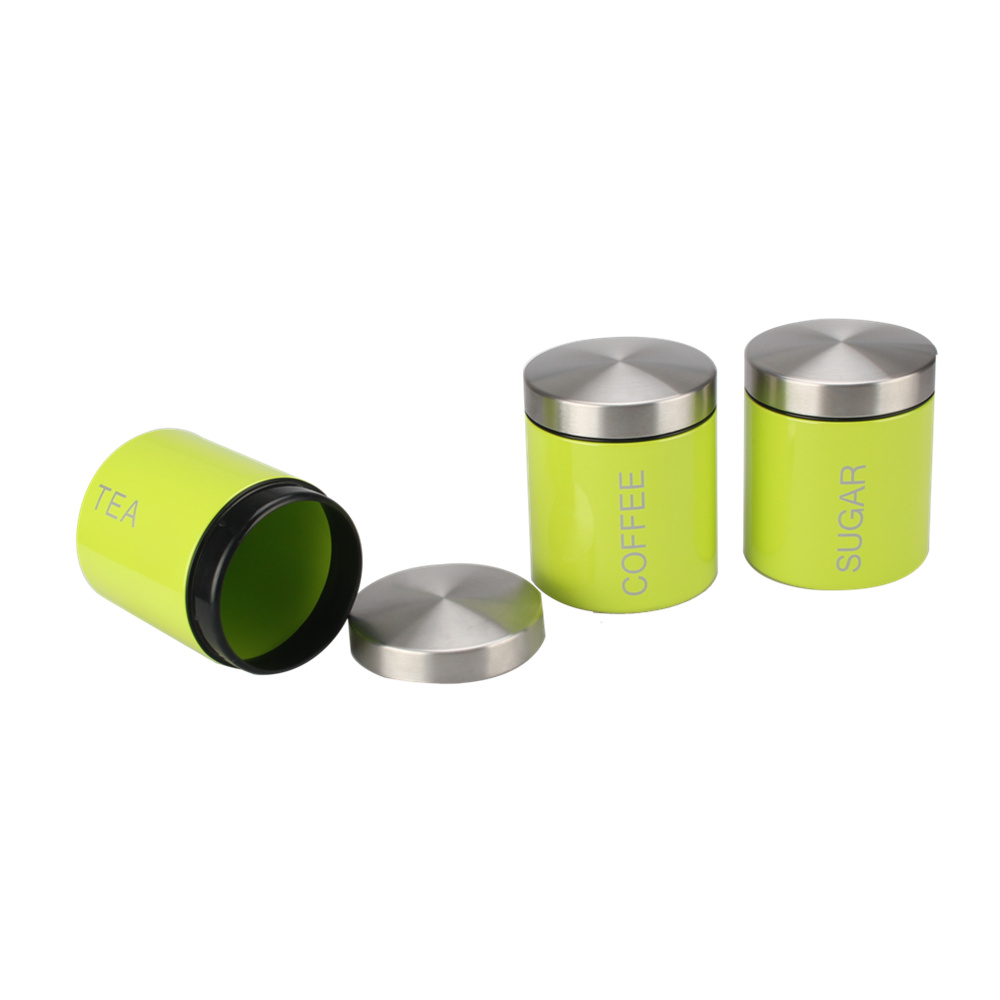Valve corrosion, usually understood as the valve metal material under the chemical or electrochemical environment suffered damage. As "corrosion" occurs in the spontaneous interaction between metal and the surrounding environment, how to separate metals from the surrounding environment or use more non-metallic synthetic materials has become a common concern. As we all know, metal corrosion damage to the valve's duration, reliability and service life have a considerable impact. The effect of mechanical and corrosion factors on the metal greatly increases the total amount of contact surface wear. Valve in operation, the total amount of wear on the surface of the friction. During operation of the valve, the frictional surface is subject to wear and tear as a result of simultaneous mechanical action and chemical or electrochemical interaction of the metal with the environment. For valves, the climatic conditions of the pipeline work are complicated; the presence of hydrogen sulfide, carbon dioxide and certain organic acids in media such as oil, natural gas and formation water increases the destructive power of their metal surfaces and rapidly loses their ability to work. As the metal's chemical corrosion depends on the temperature, the mechanical load on the friction parts, the sulfide contained in the lubricating material and its acid resistance, the duration of the contact with the medium and the catalytic effect of the metal on the nitriding process, Material molecules on the metal conversion speed and so on. Therefore, the anticorrosion method (or measure) of metal valve and the application of synthetic material valve have become one of the topics of the valve industry research at present. 1. Anticorrosion of metal valves is to be understood as applying a protective coating (such as paint, pigments, lubricants, etc.) on metal valves that protects them against corrosion so that the valve, whether manufactured, stored, transported or in its The entire process is not subject to corrosion. The method of metal valve corrosion protection depends on the required protection period, shipping and storage conditions, valve construction features and materials, and of course, the economic effects of antisepsis to be considered. There are four main methods of anticorrosive metal valves and their parts: 1, the volatile anti-corrosion agent into the atmosphere of the steam (wrapped with a resistive paper, blowing air to inhibit the passage of products through the chamber, etc.). 2, using the resistance of water and alcohol solution. 3, the anti-corrosion (protection) material coated on the valve and its parts surface. 4, the resistance of the thin film or polymer coating on the valve and its parts surface. (Note: The current valve manufacturers, the widespread use of lubricants and water resistance to dissolve the flow of anti-corrosion.) Second, the application of materials, valves, synthetic materials, valves in many corrosive conditions are better than the metal valve, the first is anti-corrosion Sex, followed by the net weight, as its strength, depends on the shape of the enhanced fibers, arrangement and quantity. (In general, the greater the percentage of fiber, the greater the strength of the composite.) In valve applications, the weight content of the fibers ranges from 30% to 40% by weight, whereas the chemical stability is primarily due to the potting of the final product Fiber resin properties of the body decided. In synthetic valves, the solid polymer body can be either a thermoplastic such as PVC-PVDF, PPS-PPS, or a thermosetting resin such as polyester, ethylene and epoxy
Wait). Thermosetting resins retain their strength at elevated temperatures compared to thermoplastics (ie thermosetting resins have a higher heat distortion temperature). (Note: The determination of the thermal resistance of synthetic materials is referred to as heat distortion temperature under service conditions.) Currently, the most commonly used synthetic materials for chemical process valves are vinyl epoxies (thermoplastics) whose reinforcing fibers Shredded glass fibers (1/4 inch long) and chopped graphite fibers (1/4 inch long). The table below compares the performance of most widely used synthetic materials with that of corrosion resistant metals. Glass Reinforced Vinyl Graphite Reinforced Vinyl Graphite Reinforced PPS 316SS Hast-C Tensile Strength (Psi) Bending Strength (Psi) NA NA Compressive Strength (Psi) Heat Deformation Temperature (° F) NA NA Coefficient of Thermal Expansion (in / in / ° F) 15 × 10-6 15 × 10-6 13 × 10-6 6.3 × 10-6 9.9 × 10-6 Note: NA Inapplicable (or ineffective) From surface analysis, glass and graphite reinforced composite materials have a lower tensile strength compared to metal, and therefore, valves where the material is subject to greater stresses should have thicker sections with Ribs to achieve the same performance with metal. Due to its corrosion resistance, high strength and light weight, synthetic valves make it an economical alternative valve product for many metal or fiberglass reinforced piping systems in corrosive service. In the chemical process conditions, excellent prospects for the use of synthetic valves. In the valve industry, the use of organic and synthetic materials is no longer the concept of traditional metal and non-metal valve materials. Ceramic (the valve temperature can be increased from 400 ℃ to 1200 ℃ above), plastic (with anti-corrosion characteristics), synthetic materials (corrosion resistance, light weight, high strength characteristics), memory alloy Memory alloy or temperature memory alloy reversibility and high elasticity to create the valve) and so on. New materials, is developing a large number of high-performance valve with new products. The development of new technologies, so that a variety of engineering materials used in valve manufacturing has become possible.
Coffee Canister
Coffee Canister
When you enjoy the handmade coffee, coffee canister can help you storage the coffee bean and keep fresh. We have the air coffee canister which can keep the coffee bean and ground coffee fresh when storage for a long time. The coffee canister with the build-in Valve and calendar wheel, can help you record the date when storage .
The coffee canister set also very suitable for the Kitchenware ,can use for storage other thing, such as sugar, tea, spices, salt, pepper and so on.
Welcome to ask for more details and the style of the canisters you need. Will recommend the suitable one to you. Please don`t hesitate to contact us.
Description of Coffee Canister
Type: Single or Set
Material: Body: SS304/SS201/SS430/Iron
Lid and Handle: ABS/PP/SS410
Color :customized
Finishing: Satin polishing ,Mirror Polishing ,Color painting, Powder Coating
Logo: Laser logo, Etching logo, Silk printing logo, Embossed logo, Decal logo
MOQ : 2000 PCS/Set
Packaging : White box, Mail box or Customized package
Sample Time : 7~10 days
Lead Time :60 days after have the deposit
Payment: T/T ,L/C or others
Payment term: 30% deposit before production and 70 % balance against the copy B/L



FAQ:
1:How can I get the sample?
We can provide the sample for customers to check the quality.
Please kindly provide the delivery info for calculate the sample cost. If you have DHL /TNT/UPS/FEDEX account, please also kindly provide it to us.
You can do the payment of sample via T/T and PayPal.
2:How about the sample time?
Usually the sample time is 7~10 days after have the sample cost.
3:How long will it take for mass production?
Usually 45~60 days after have the deposit.
4:Can we have our logo or company name to be printed on your products or the package?
Welcome OEM.
5:what certificate can you provide?
CE,CB,GS,FDA,LFGB,ROHS are available here.
6:How can we get your monthly new products announcement?
Please join our mailing lists.
Milk Jug,Airtight Canister,Tea Coffee Sugar Canisters,Coffee Container
Jiangmen Wellway Houseware Co.,Ltd , https://www.jmwellway.com



![<?echo $_SERVER['SERVER_NAME'];?>](/template/twentyseventeen/skin/images/header.jpg)